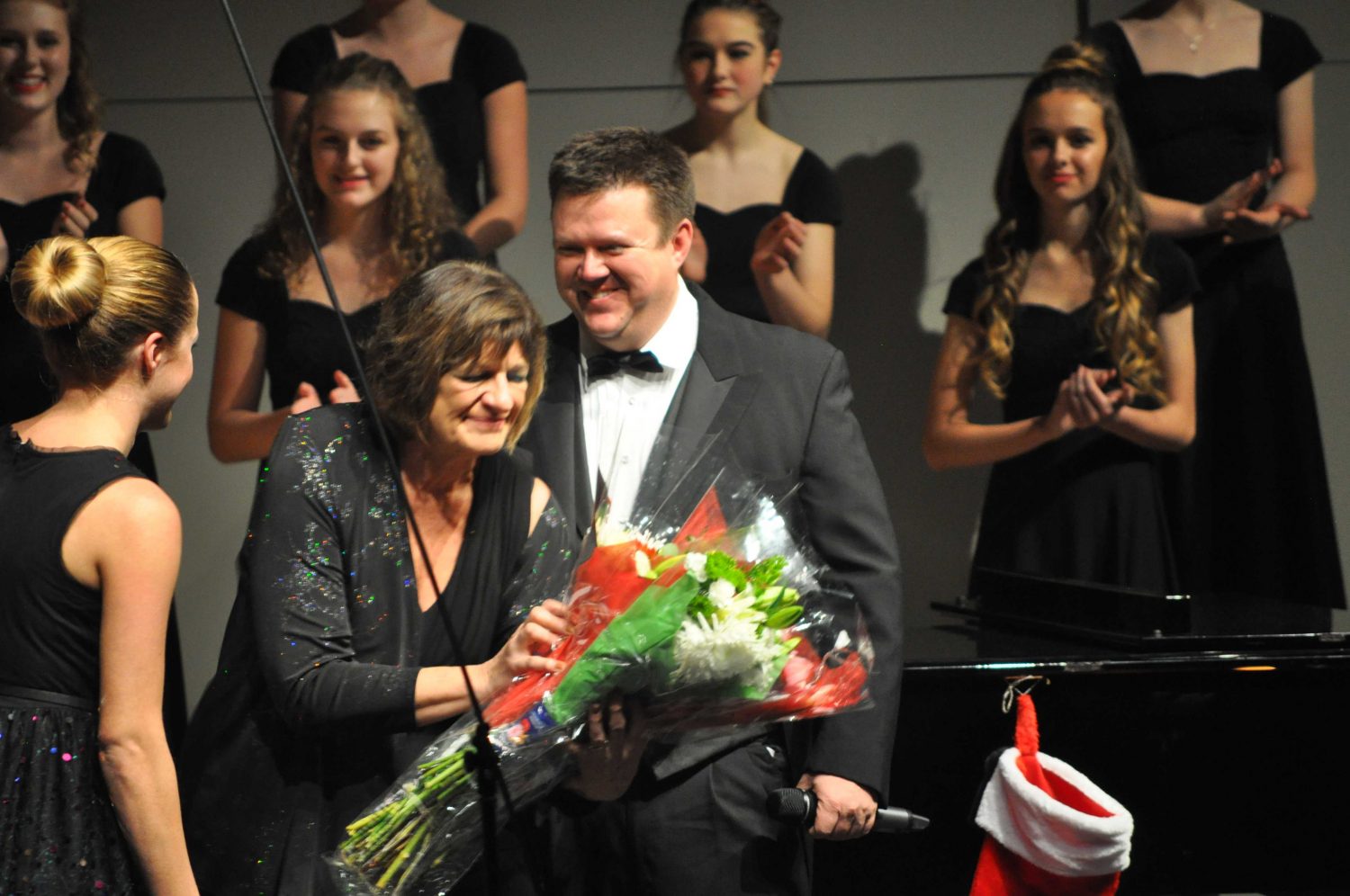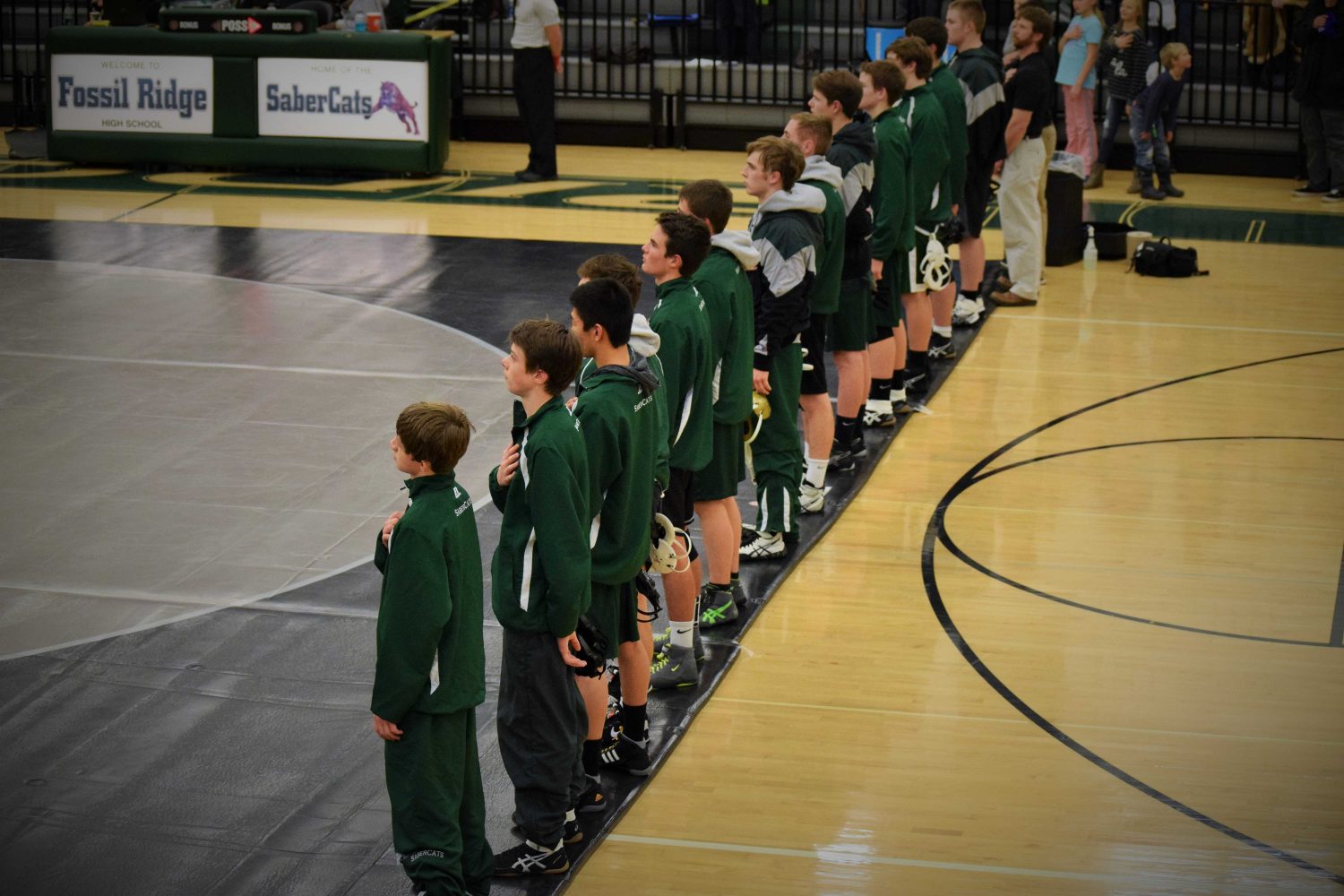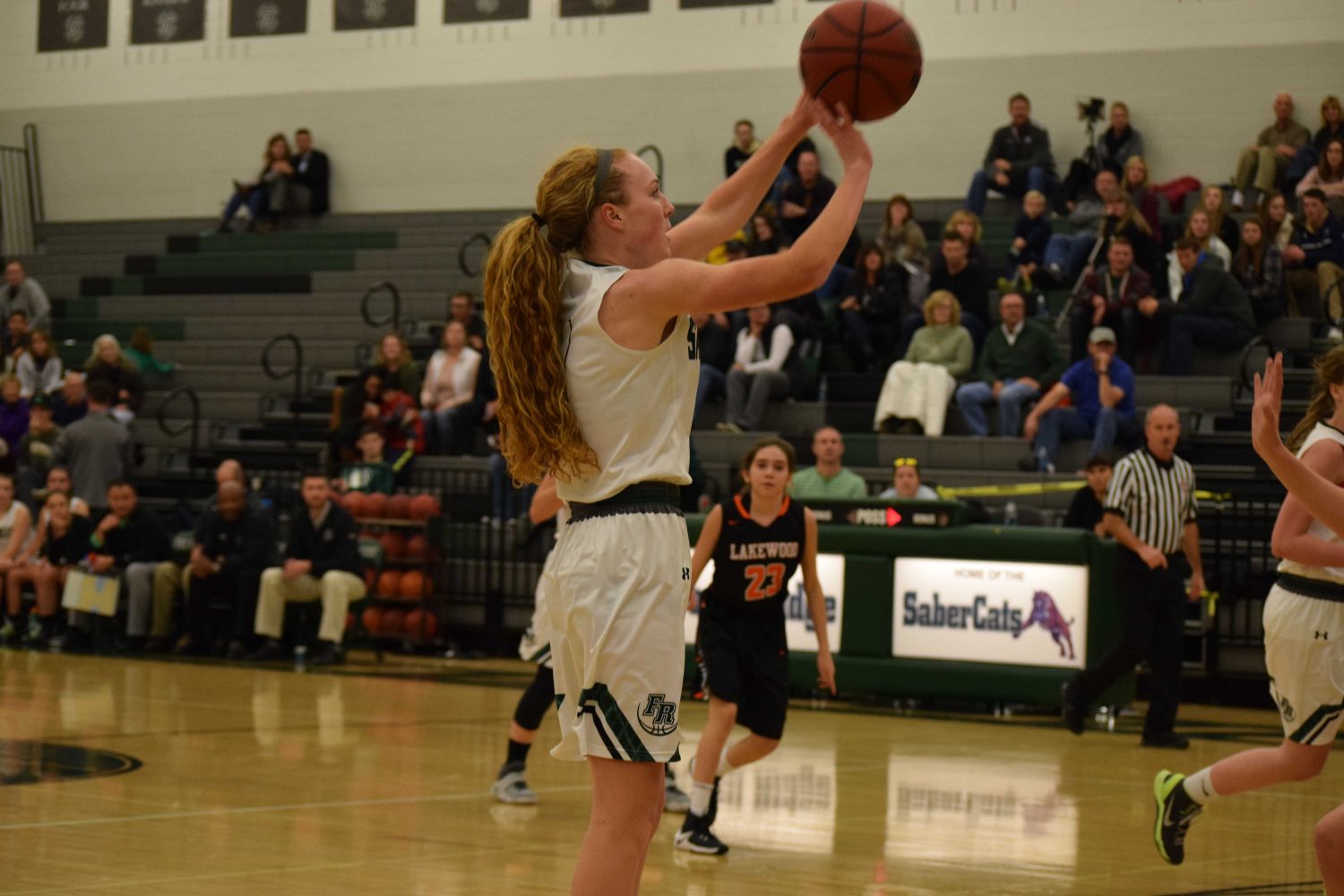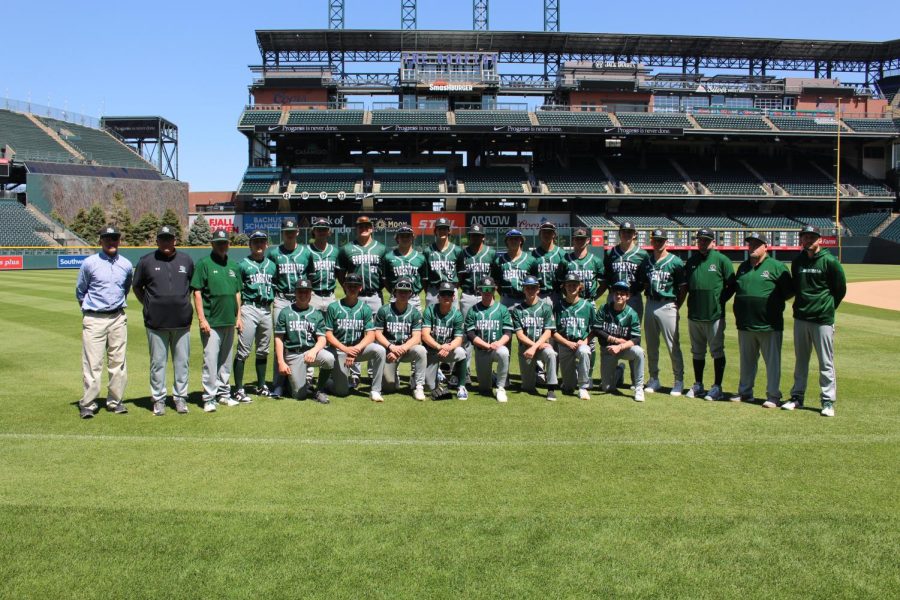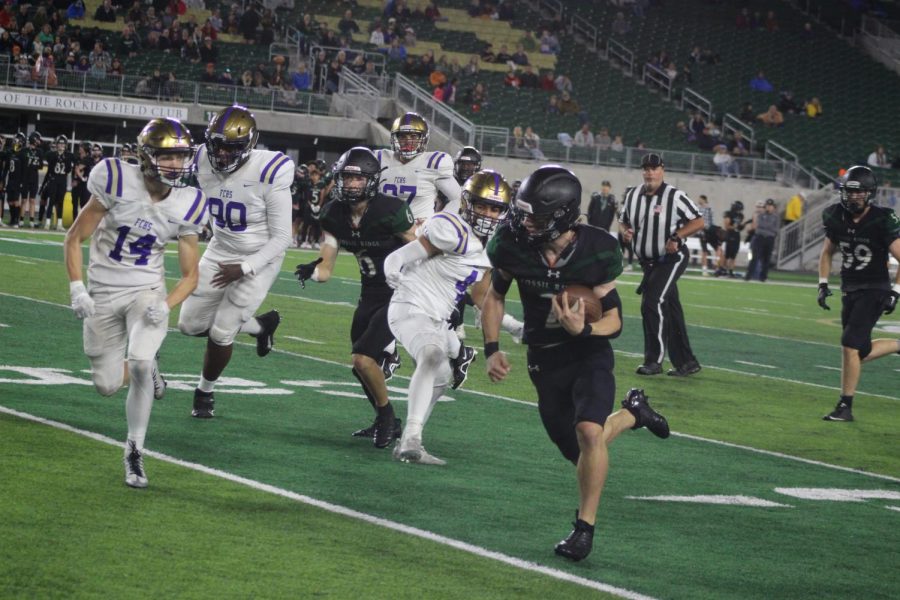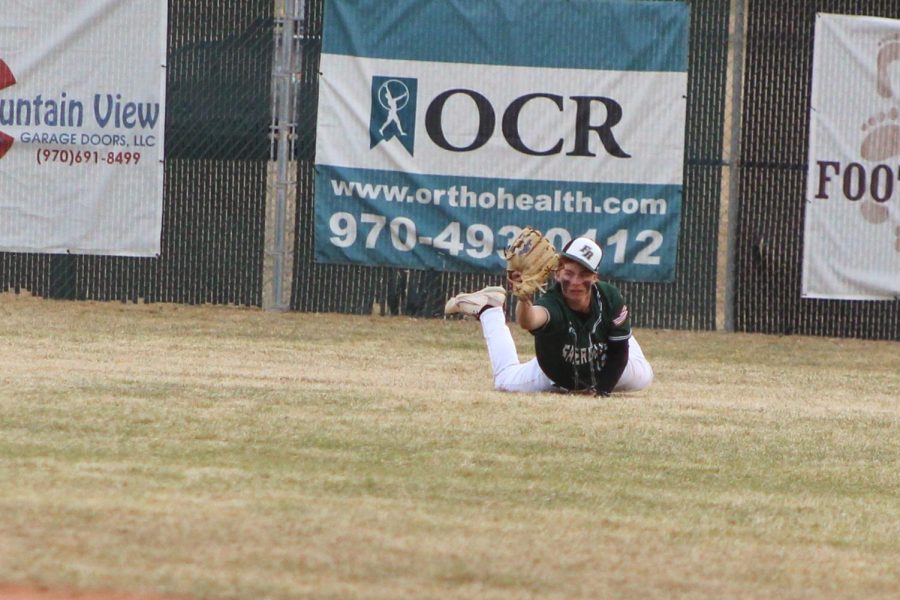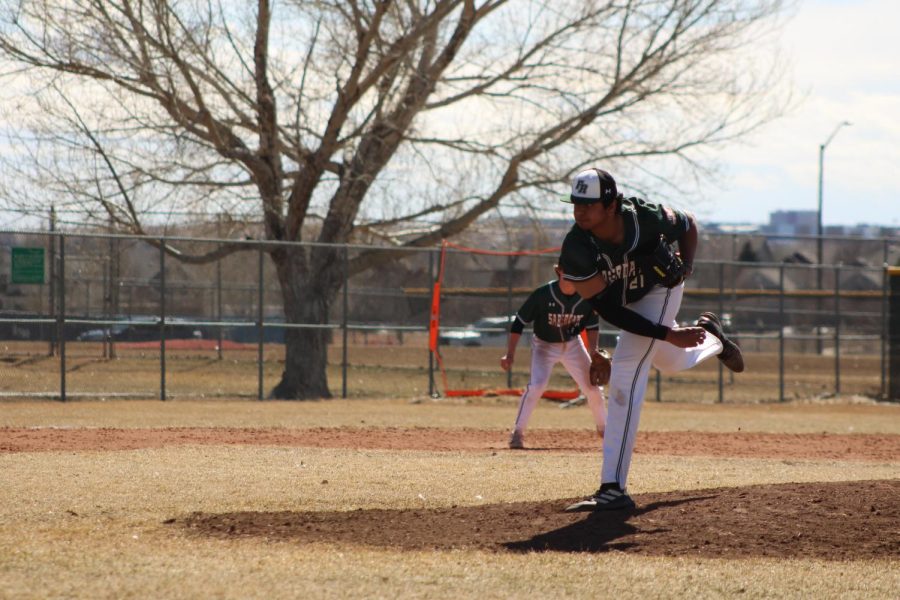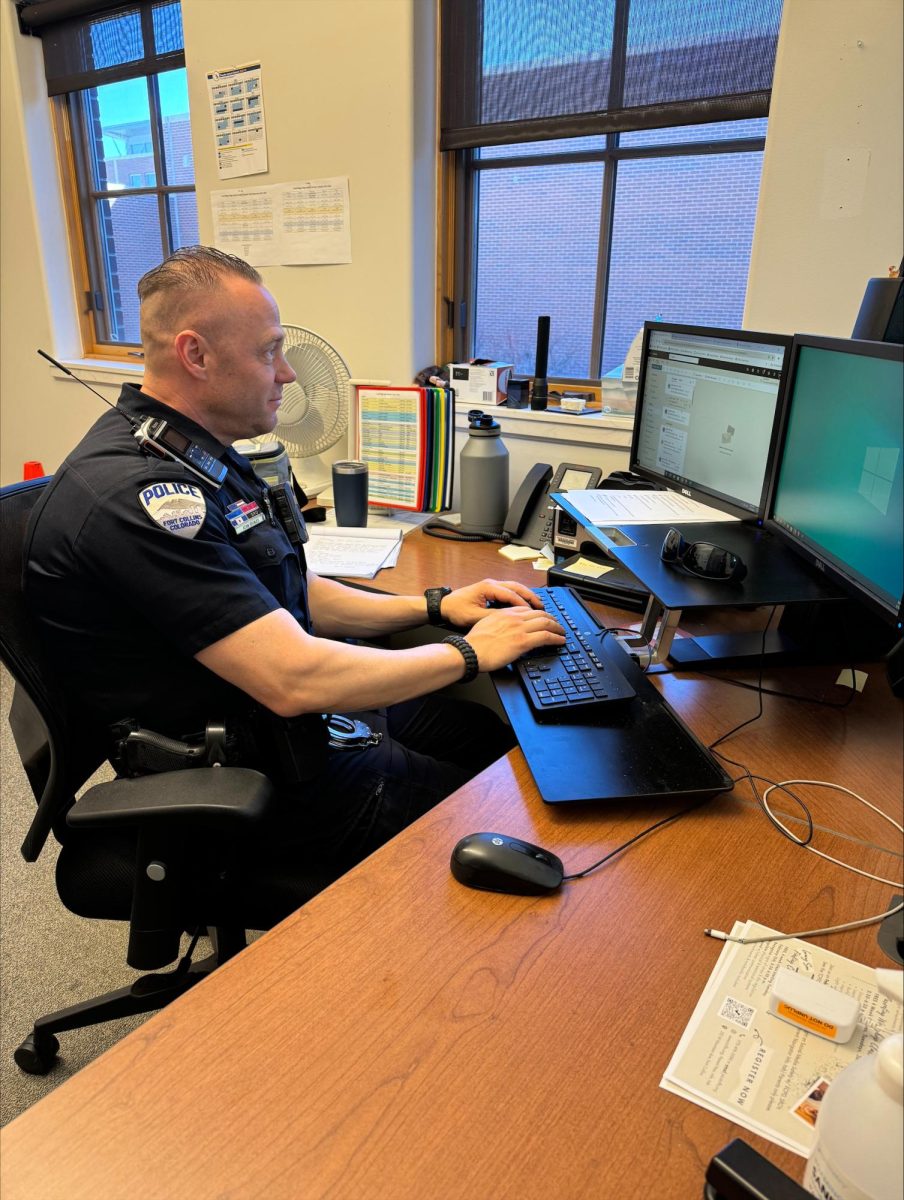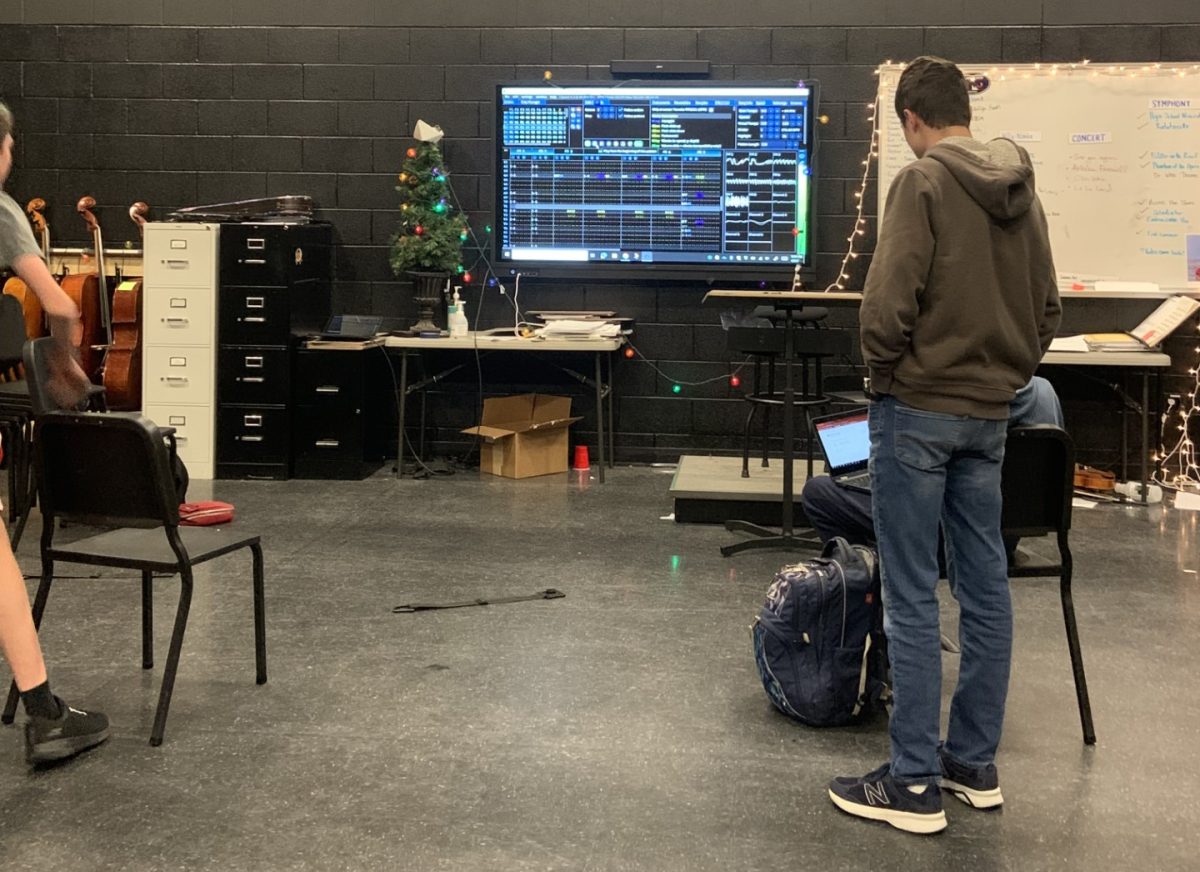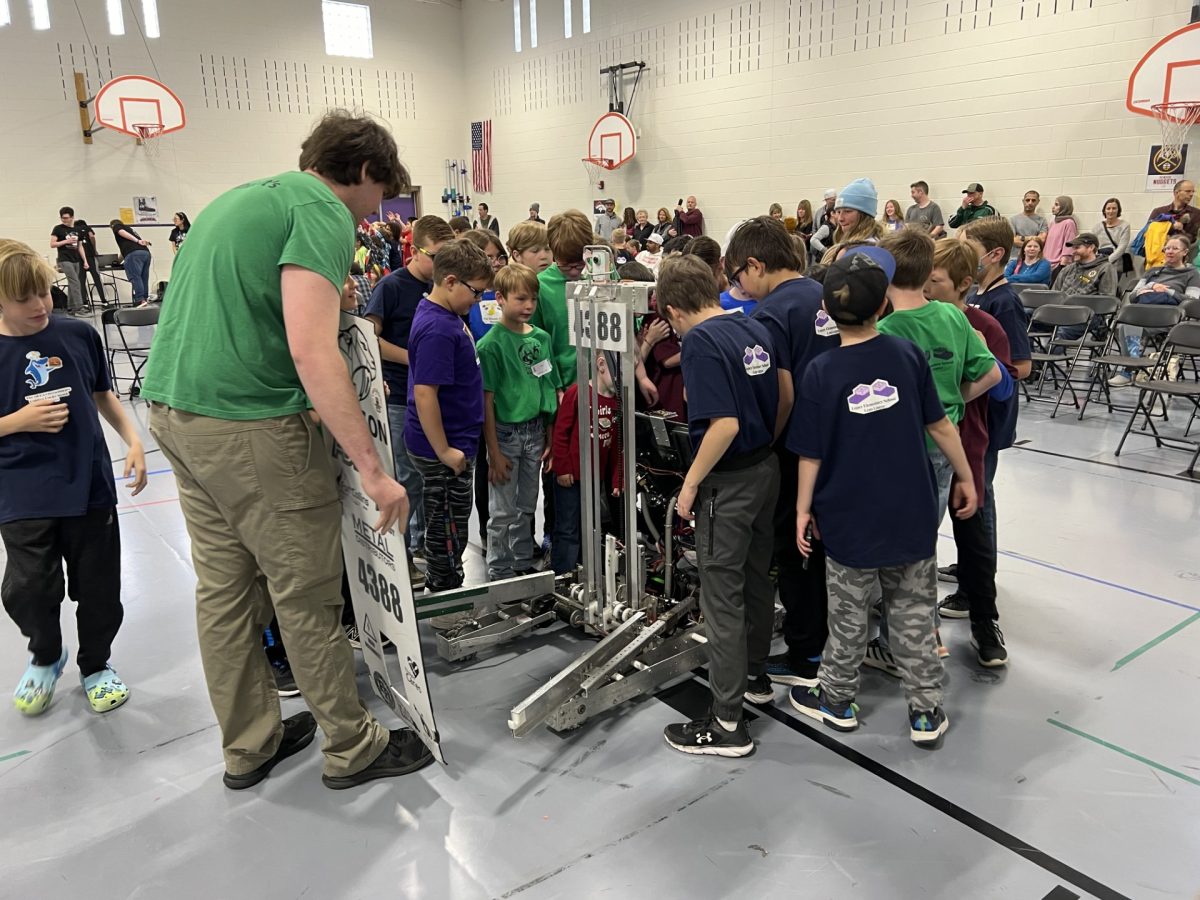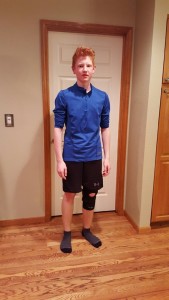
At Fossil Ridge, there are 24 sports teams spanning from Cheerleading to Ice Hockey. Of those athletes, the most well known are the stars, the college scholarships and the all-star players on the team. But what about the students who work all season only to come crashing down with an injury instead?
According to the Southwest Athletic Trainer’s Association (the SATA), 2 million high school athletes are injured representing their schools each year in the U.S. Camille Giles, Corey Tesdahl, and Maria Ostapovich, all Fossil athletes, know all too well what it’s like to have their season cut short by an injury.
If you asked many of Fossil’s students, they couldn’t tell you who Ryan Ostapovich is. However, for the athletes of our high school, he is one of the greatest assets. A licensed athletic trainer and physical therapist, Ostapovich is at Fossil almost everyday after school to provide support for students. The trainer has seen more than his fair share of injuries throughout years of working with student athletes, and has a unique perspective on what it means for an athlete to be hurt.
About recovery, Ostapovich says, “everybody, as soon as they get hurt, they think about going back as soon as they can. Once we establish what it’s going to involve, whether it’s going to be time off, surgery, or anything like that, the eagerness goes away.”
Camille Giles, a sophomore and a volleyball player, tore her ACL and meniscus (a muscle that cushions the knee joint), and had reconstructive surgery in July. Her recovery time is at least six months before returning to the sport, and a full year before she can return at full capacity.
Corey Tesdahl, a ninth grader at Fossil, plays soccer. Or he did, until he dislocated his kneecap and stretched his cruciate ligaments and patellar tendon. These ligaments and tendons control a large portion of knee movement, so he is out for preseason training and tournaments and has to stop all physical activity until his bone bruising and ligaments heal.
Maria Ostapovich is a softball player in her senior year at Fossil. Earlier in her high school career, she sustained an ACL tear that caused her to stop playing soccer. This year, she tore her ACL again playing softball, an injury requiring at least six months of rehabilitation and hard work to recover from.
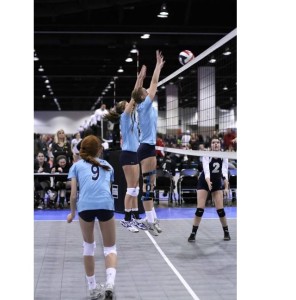
The attitude of a champion is defined as “one who feeds and grows on challenge” by Merriam Webster. If that is true, then an injury can present not only an obstacle, but an opportunity for growth. The attitude of the individual athlete can have a big impact on their recovery, and the attitudes of people around them can have an effect as well. As Ryan Ostapovich put it, “If you’re a pretty motivated individual…. particularly a high school athlete or a college athlete, it may take just a little more time (to heal). If you have to work really hard (to get that motivation), it’s going to take a lot longer.” Although it is unrealistic to believe that good comes from every injury, there are certain lessons that can only be taught through experiencing the struggle and participating in team sports.
Giles has been kept out of two volleyball seasons due to her ACL tear. She believes that volleyball sees a lot of injuries, and says that her teammates have been really supportive and thoughtful about her injury. However, she also acknowledges that “ it is still impossible for someone else to understand everything about your injury or what you are going through.” Although her coaches have been supportive, she worries that they won’t think as highly of her because of her injury. “Every player that I know is developing more skill, more athleticism, and more strength as a volleyball player and I’ve had to take so many steps back” said Giles. Despite all the hard work she has put in, Giles still loves the sport and “has put in so much hard work that quitting would be even harder than not playing.”
Tesdahl has a good support system for recovery. He says that the sport of soccer sees a lot of injuries, and that his teammates and coaches mostly understand what it’s like to be injured and are understanding about it. He believes that, although it’s been tough and frustrating, “I’m resilient to recover and continue playing and not let a succession of injuries prevent me from playing soccer.” After ten years of playing the sport, he says “this injury and all of the injuries in the past two years have not made me reconsider playing soccer.”
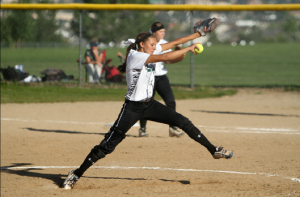
Maria Ostapovich was lucky, in the sense that she missed few games and tournaments due to the timing of her injury. She believes that softball players do sustain injuries often, particularly in the shoulder and wrist, but most are not very serious. According to Ostapovich, “My coaches have been super nice about it. They would always ask me if I felt okay… to make sure I didn’t hurt it again.” Despite the injuries she has faced, she never wanted to quit softball. In fact, “the biggest thing (these injuries) have taught me is to value the game and the opportunity to play it.”
Dedication is required by all athletes, and is demonstrated even further by challenges on the way to success and recovery. As Giles put it, “the most important thing this injury has taught me is discipline and hard work. I’m in the training room everyday after school working out and doing physical therapy.” The SATA says that, as of 2014, 7.8 million kids in the US played sports for their high school. That number continues to grow all the time, as emphasis on physical activity and athletics increases in the United States. Yet, 25% of those kids will be injured, and the important decision that these athletes must make is whether or not to fight their way to recovery or simply give up the sport that they have dedicated a significant amount of time to.
Although the star players may seem invincible, it’s the willpower and motivation to play that will eventually result in success for any athlete. Suffering an injury may feel like the end of your career in the sport, before it has had a chance to even develop. As any athlete will tell you, though, the true last chance is when you give up.





